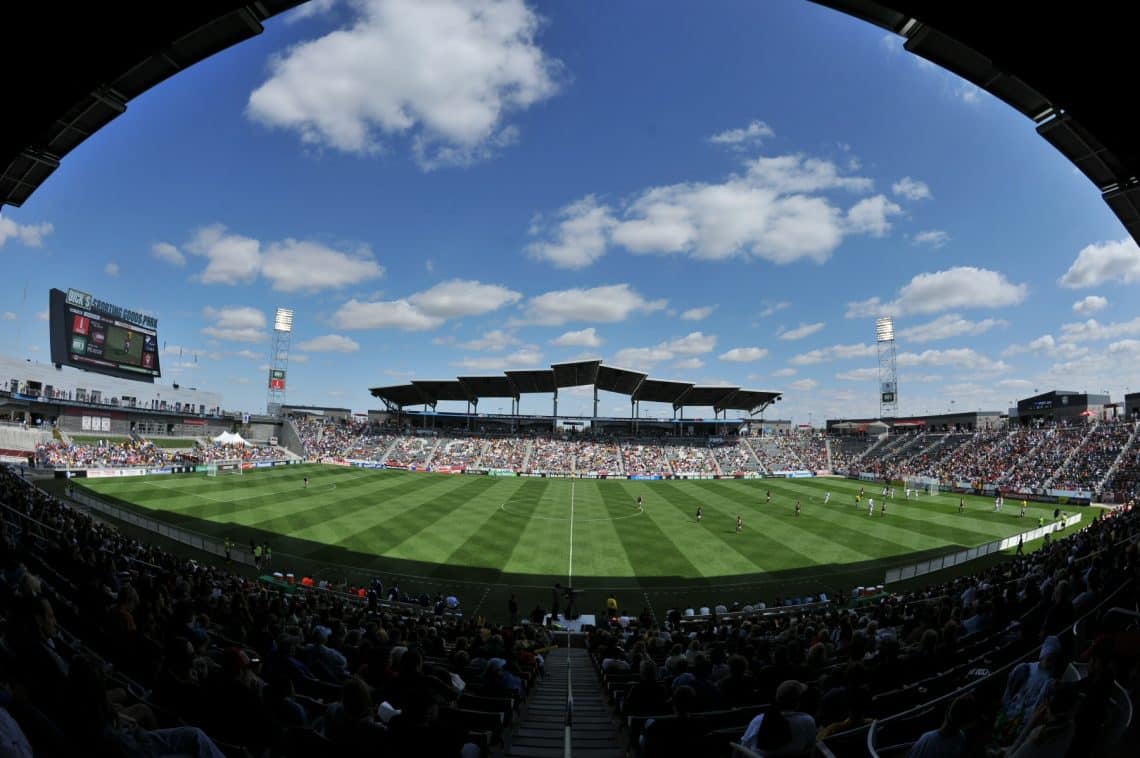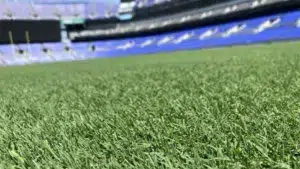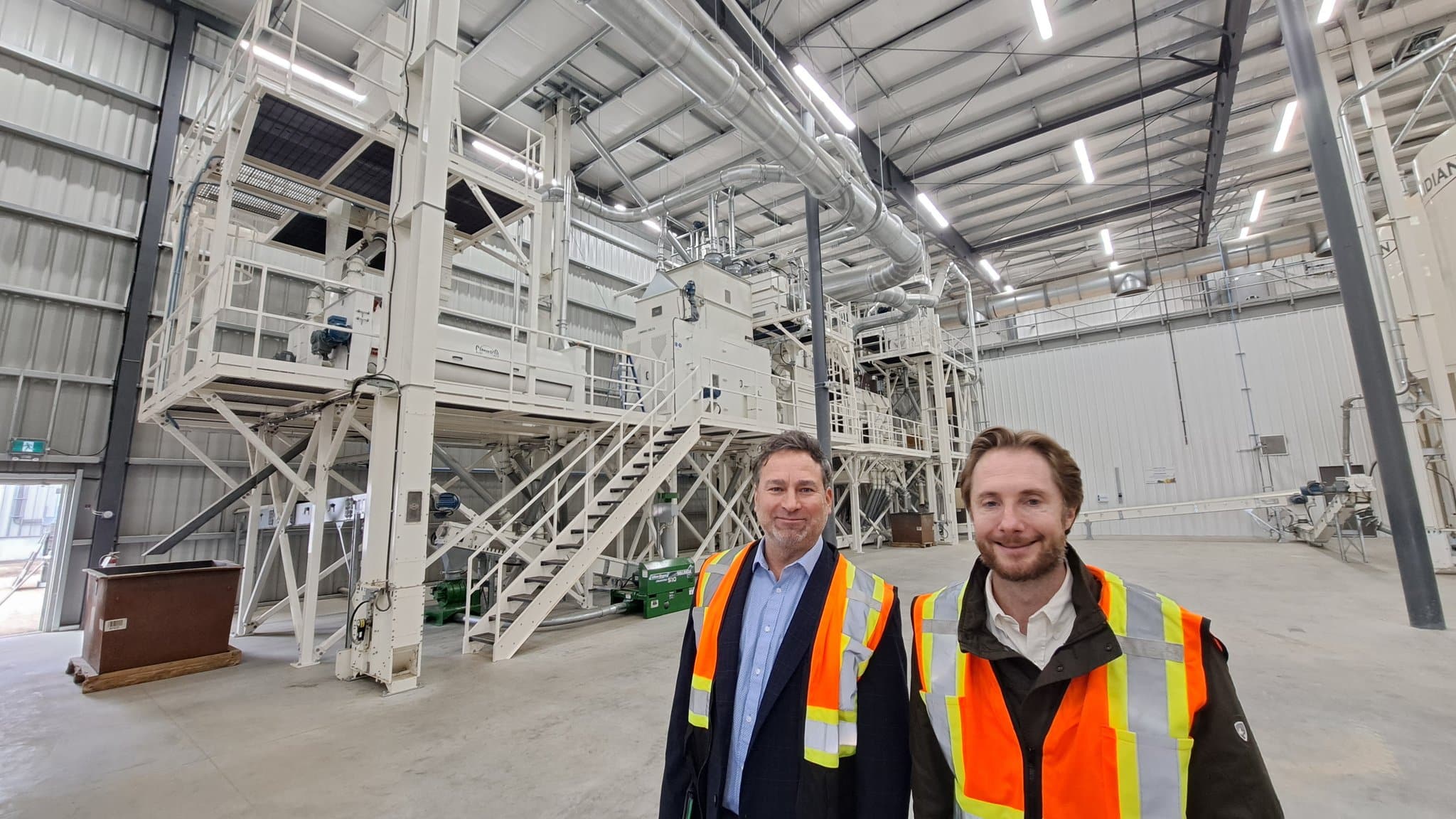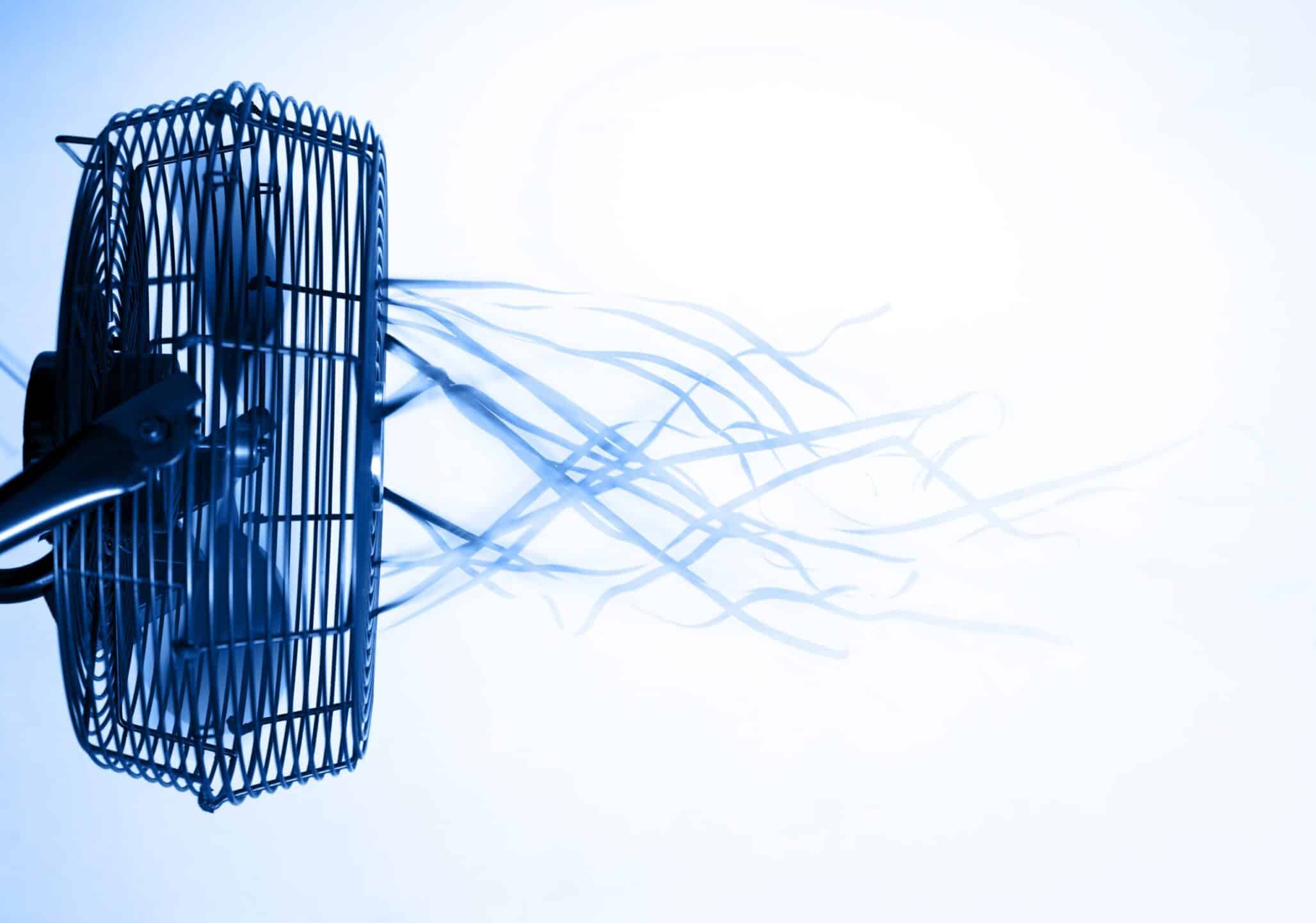Seedsmen and those who partner with the industry share their insight as to what’s driving the turf seed market and what areas, both end users and geographies, hold the most promise.
From lawns to athletic fields and from city streets to county roads, there are few places one can travel without encountering the work of the turf industry. Today, the industry covers more than 60 million acres across the United States, and behind those great green expanses is a vast network of sectors and intricate business structure — all hinged and dependent upon one another.
According to the U.S. Department of Agriculture’s (USDA) Economic Research Service, the turf grass industry, in all its forms, contributes a cumulative $60 billion to the U.S. economy each year, but it’s estimated that the industry’s contribution is actually much greater.
“The sod industry is the only sector of the turf industry actually surveyed and reported on by the National Agricultural Statistics Service,” says Kevin Morris, executive director for the National Turf Federation (NTF) and National Turf Evaluation Program (NTEP). “The turf industry has lobbied the USDA several times in hopes of getting a national survey, but the answer is always that the industry is just too big, with too many sectors.”
However, the athletic turf sector is one component of the network that can be valued through expenditure reviews and independent industry research. Annually, U.S. sports turf services and product purchases surpass $1.29 billion and encompass more than 2.8 million acres.
Turf Trends
Contributing to the growth of those numbers is youth sports complexes.
“Youth sports are on the uptick,” says Kim Heck, Sports Turf Management Association chief operating officer.
She explains there are a lot of new models for the complexes that are being built.
“Today’s youth sports complexes are being built around an entertainment model, rather than a solely sports-focused model,” Heck says.
With support from corporations hoping to gain market share and advertisement through youth sports complex sponsorship and a rise in the number of year-round youth sports leagues, the nation’s youth sports have grown into a $7 billion industry. That prosperity is shared and driving growth in other sectors connected to the youth sports industry.
Patrick Reed, national sales director for LaCrosse Seed, says artificial turf has been a major competitor for the turf grass sector, but that might be shifting.
“In the seed industry, we’re seeing an increase in youth sports complexes: baseball fields, soccer fields and football fields,” Reed says. “Most of those are using real grass. We’re also seeing sports associations move away from artificial fields. Those fields wear out, are expensive to maintain long term and are really hot in the summer. When they wear out, a lot of associations are going back to real grass.”
According to an economic feasibility study by Duke University, athletic fields using real grass cost between $50,000 and $600,000 to construct, depending on the growing medium and soil structure, while the average artificial turf field ranges from $850,000 to $1 million.
Another factor, according to some speculators, for this shift might be safety or the public’s perception of what is safe. A 2013 study performed by the National Football League Injury and Safety Panel concluded that during the 2012 season ACL sprains were 67 percent higher on artificial turf than real grass, with new sprains charting at 22 percent higher.
Market share gained from artificial turf isn’t the only resurgence; there’s also an increase in the movement of warm season grass seed into northern regions, traditionally dominated by cool season varieties.
Ley Pickens, seed division sales manager for Patten Seed Company, says seed sales for the division’s Super-Sod segment have been on the rise in northern areas, above the transition zone.
“What is interesting is where the Zoysia varieties are beginning to move,” Pickens says. “When you take a snapshot of the places we have sold Zoysia seed, it has a lot of opportunity to expand into new regions.”
Pickens points to Midwest golf courses as a real opportunity for Patten Seed Company to gain new market share, thanks to a hotter, drier climate.
“With the climate we have seen the past few years across much of the Midwest being so hot and dry, we have been able to sell a lot of Zoysia seed to golf courses,” he says. “Those are typically cool season markets. Golf course managers and superintendents are looking for solutions to keep their courses green and save dollars. For those folks, Zoysia has made a significant impact.”
The hardiness of the warm-season Zoysia allows course maintenance to focus on the greens. While the cost to convert a 50-hole golf course’s fairways and tee boxes can reach upward of $75,000, Pickens says the lower water costs combined with reduced fungicide and herbicide inputs allow courses to recoup the conversion costs in the first year if it happens to be hot and dry.
Reed also sees market opportunities in regions with prolonged drought and above-average temperatures.
“North of the transition zone, we have seen more movement toward tall fescue, which use to be primarily planted in the transition zones where you move from cool season grasses to warm season grasses,” he says. “In the past few years, we’ve seen tall fescue move north into Iowa, Indiana, Wisconsin and Michigan.”
More than a Trend
On target with what the rest of agriculture is experiencing, the turf industry is under scrutiny to closely manage and conserve resources. The golf industry is very conscious of sustainability and efficiency, says Pat Gross, who serves as director for the United States Golf Association’s West Region.
“In the golf industry, there has been a lot of research on water conservation, salinity management and developing grasses that use less water, fertilizer and pesticide,” Gross says. “There is also some really great work being done at the University of California. They are working to develop Zoysia and Bermudagrass varieties that retain winter color. If they can do that, they will pretty much eliminate the need for overseeding.”
NTF’s Morris says that what the industry, as a whole, is experiencing is not a trend but rather a shift that will eventually become the turf industry standard.
“We have seen trends come and go in the turf industry: dwarf grasses and traffic tolerance probably being in the past couple of decades,” Morris says. “I don’t view what we are seeing now as a trend. Resource efficiency in the name of sustainability isn’t going anywhere.”













